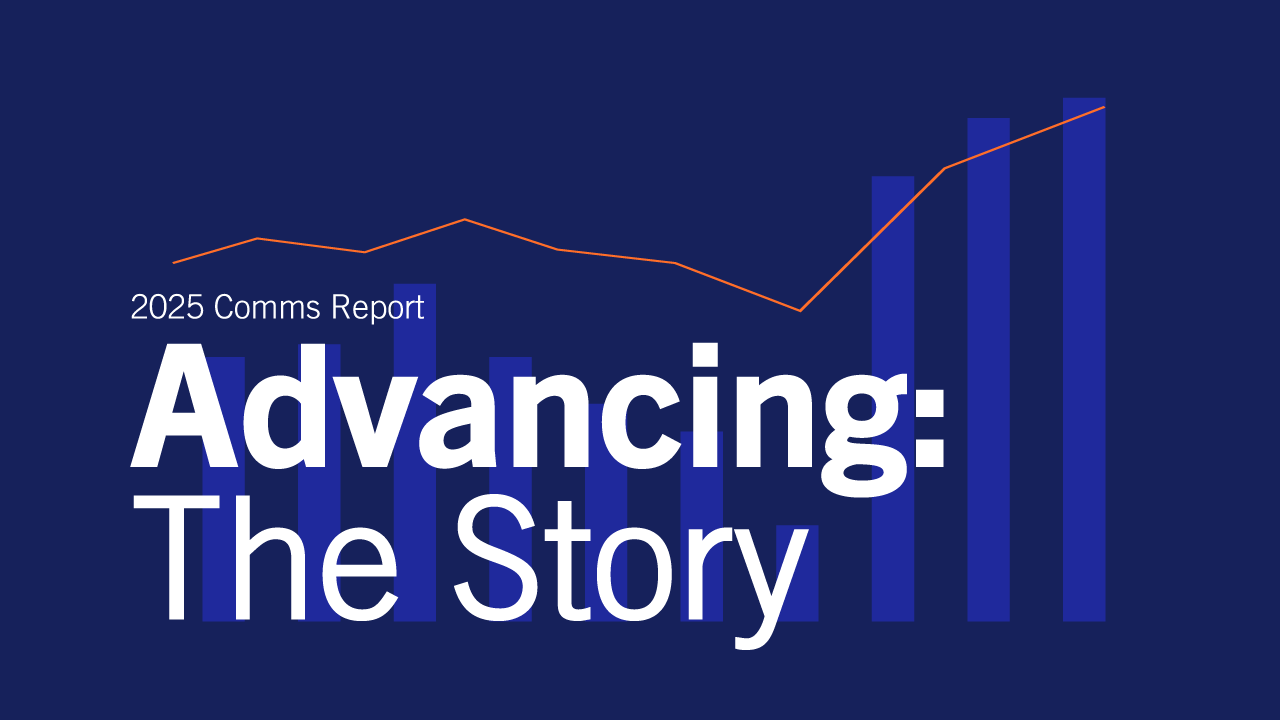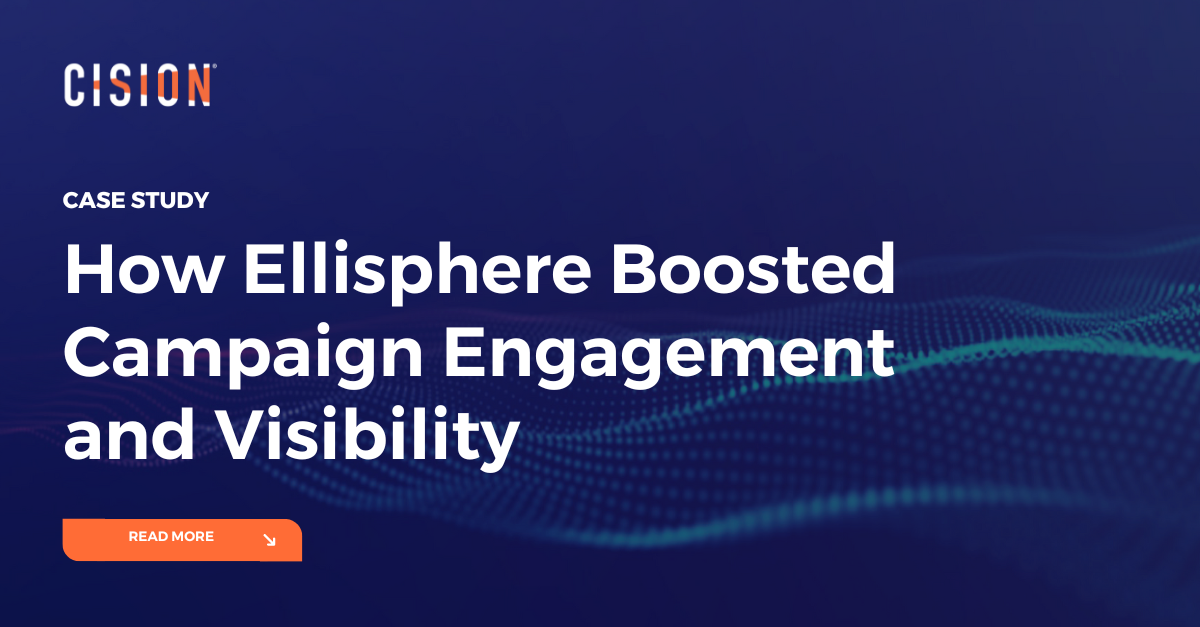A global pandemic, urgent calls to fight systemic racism, marginalized communities suddenly losing protections, a polarizing election, the events at the Capitol…to say the past year has been challenging is a massive understatement.
In a rising trend that has only accelerated amid multiple public crises, PR teams have been called on more and more to offer strategic counsel to the C-suite while providing services to other departments like human resources, investor relations and marketing. What’s more, company leaders expect PR professionals to handle these competing responsibilities with the resources they have at hand.
To succeed, powerful analytical tools have become a must-have asset for all PR and communications teams. With PR metrics becoming more closely aligned with marketing efforts to drive traffic and revenues, data and analytics can determine exactly who your target audience is, the best channels to target, and how your message is being received and acted upon. As the old (and NEW) saying goes, knowledge is power!
Analytics help you get more targeted
In PR, outreach is an essential function for gaining earned media. You want to get positive stories about your company or client into as many top-tier channels and industry trades as possible. But spamming journalists with mass emails is a waste of time and can quickly land you on the “ignore" or "block” lists. A recent survey shows that a quarter of journalists get between 50-100 pitches every week. While writing a killer pitch can improve your odds of garnering coverage, the reality is only a handful of journalists might cover one or two of these stories, if that. Knowing which media to target is essential.
For example, software giant Adobe used to send out pitches to around 3,000 outlets. However, after they analyzed their coverage, the company discovered that 65 percent of these outlets produced only one story about Adobe in the past year, while a group of about 500 outlets generated 75 percent of all quality coverage. Adobe now focuses on this smaller group of outlets because the shift to quality over quantity saves time, effort and money – and produces better end results.
Adobe’s approach reflects a growing trend, where companies are using data to re-engineer PR strategies and zero in on opportunities that drive customer action, not just coverage.
Analytics help you understand behavior of your audiences
Now, analytics aren’t new. But in a world of 24/7 unencumbered access to global news and information, social platforms and online communities, the model for managing customer engagement and service is a far cry from years past – and PR role’s in that process is moving to center stage. Technology has advanced so that it's possible to know and understand who saw earned media stories about your company or client. Software can create audience personas by accessing demographic, firmographic, household data, purchase intent and more. From there, readers can be tracked to see if they visited the corporate website — days or weeks later — and what they did next. You can also view the social amplification around your coverage and get a front row seat to ongoing conversations about your brand. All of this leads to better intel on how audiences are experiencing your brand and how to convert them to buyers. Without the ability to follow audience behaviors, it isn't easy to know what worked, what didn't, how to improve and where to invest more time and resources.
Analytics help you justify budgets
Let’s be honest. When it comes to budget and resources, PR historically has not received as much love (and funding) as Marketing and Sales have. That dynamic hasn’t changed enough in the current economic environment with budgets facing more scrutiny as companies look to cut costs.
The struggle is real because quantifying the business impact of PR has been difficult, and now teams are expected to report on metrics that have eluded them in the past. The pandemic and other events of 2020 cast a spotlight on the need to look beyond traditional metrics, tie PR activities back to business outcomes and underscore the value PR has always brought to the table.
For many, number of impressions, ad value equivalent (AVE) and share of voice remain the standard, while others have incorporated tracking of social engagement, search engine optimization (SEO) impact and brand sentiment. But company leaders expect more and want to see closer alignment to marketing and sales goals. By tracking audience behavior, PR pros can use data to show tangible evidence that their outreach efforts led to traffic, shopping cart conversions, leads and ultimately sales — making it easier to hold on to and, better yet, expand the company’s investment in PR.
Analytics help you pivot quickly and be relevant
Analyzing trends and events can also pay off handsomely. By monitoring the media (mainstream and social) and podcasts, you can stay on top of the chatter around your company, brand, industry, competitors and crises. Understanding where conversations and sentiment are headed can allow an organization to work quickly to minimize or avoid costly missteps. Tracking current and historical trends can also allow proactive and strategic planning as you work to engage, serve and bring greater value to customers.
As we slowly emerge from the pandemic, many communications teams will face increased pressure to do more with less, show results and justify their value. By embracing technology and analytics, they can work more efficiently, avoid pitfalls and, most importantly, show a return on investment by aligning their results to revenue or other key performance indicators. And the C-suite will increasingly know what we in the industry have always known and give long-overdue recognition of PR and marketing communications as an indispensable steward not only of the brand, but of the business.
About Maggie Lower:
Maggie Lower is Chief Marketing Officer at Cision, where she is focused on scaling lead generation, growing the Cision brand and driving execution against mid- and long-term strategic growth goals. Maggie has over 20 years of experience building and executing global digital, brand marketing, innovation and communications strategies for major brands. In addition to her work at Cision, Maggie is a strong cultural leader, advocating for LGBTQ+ causes and building mentor programs to drive diversity and inclusion in the workplace. She has been recognized by numerous industry associations and peer groups for her work and advocacy, including appearing on the "OUTstanding 100 Global LGBT+ Executives List" for three consecutive years.
Most Recent Posts
Cision Resources
-
E-books and Guides
Comprehensive how-to guides on strategy and tactics
-
Case Studies
What are other brands doing – and how can we learn from them?
Learn More. Do More. demo new
PR Tips, Case Studies, and Product Updates

[On-Demand Webinar] The Next Generation of Media Intelligence: From Gorkana to CisionOne
Explore CisionOne, a revolutionary media intelligence platform, and the evolution of Gorkana. Learn key features and strategies from Luke Williams, CisionOne Product Marketing Manager. Elevate your media outreach to new heights!

